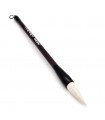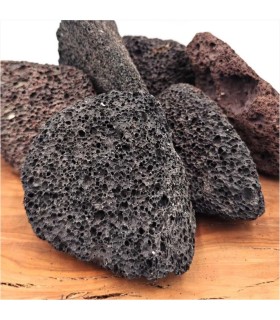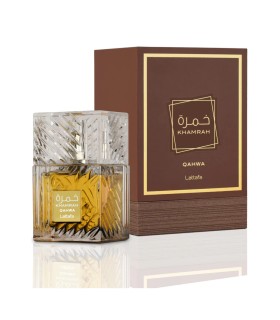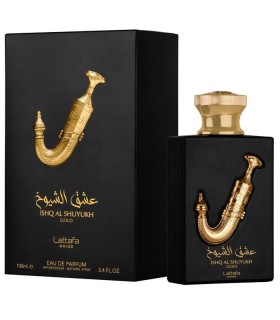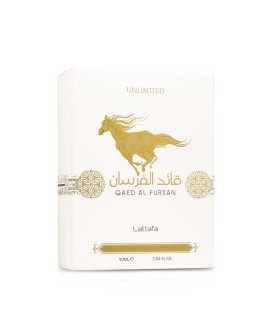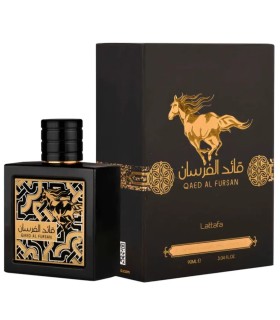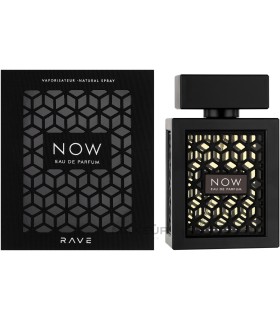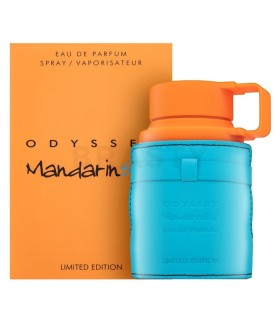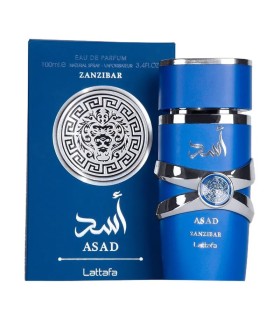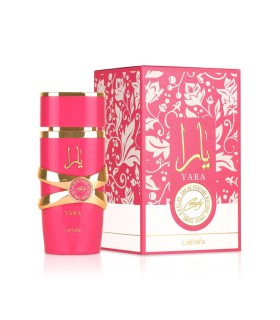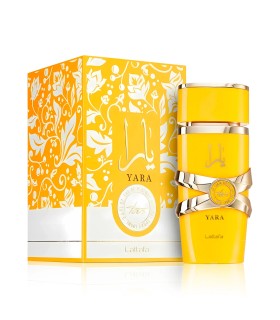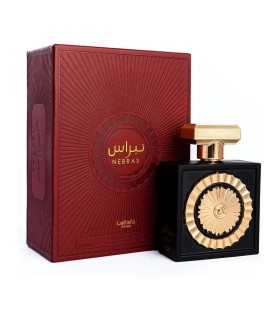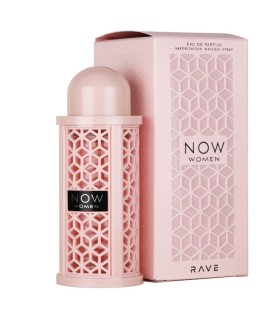Brush or suzuri, for writing or Chinese calligraphy.
We have more articles, such as ink, writing brushes, or other articles related to ancient writing. ScullionHERE
Measures:
27cm x 3cm
TheChinese inkis an ink used mainly in Chinese, Japanese and Korean calligraphy, in which sumi-e is most frequently used (墨絵sumi and?). It later arrived in Japan during the 14th century in the Muromachi era and was used to make monochrome ink paintings, which had a profound influence on Chinese culture and was propagated by the Zen monks, precursors of the sumi-e technique.
Preparation
Chinese ink is the powder or soot that is collected from the fumes produced by the combustion of resinous materials, called carbon black, dissolved in water. It does not need a binder, since the carbon molecules are in colloidal suspension and, when dry, form a waterproof layer. A binder such as gelatin or, more frequently, shellac can be added to it in order to increase its durability after drying. By adding a binder, the resulting ink may or may not be waterproof.
Liquid ink used to be used from solid sticks in the old days. The bars, rectangular, circular or canoe-shaped tablets, were rubbed by a rough stone specially designed for this purpose called suzuri in Japanese.
On these stones a little water is poured.The tablet is ground on these, gradually undoing the ink, which mixes with the water that accumulates in the cavity of the stone. This process can be continued until the ink reaches the density required for use, which generally takes a few minutes.
The already prepared liquid ink dries easily, and it is advisable not to let it dry on the stone or on the brush.
Currently, it is common to use bottles of ready-made, very dense India ink, which can be used directly or dissolved with a little water.
The compositional nature of Chinese ink is quite stable chemically, although it is common for works made with this technique to be susceptible to the detachment of carbon particles when rubbed. It should be mentioned that India ink does not fade or fade with prolonged exposure to light like Western inks do.
Information taken from
https://es.wikipedia.org/wiki/Ink_china




